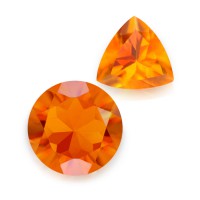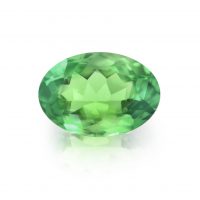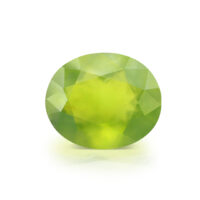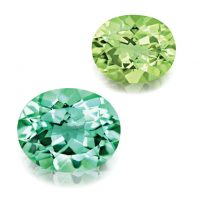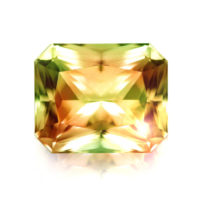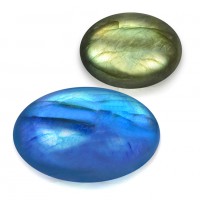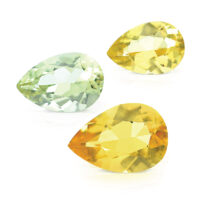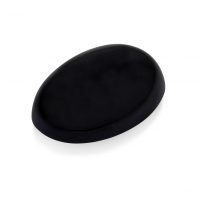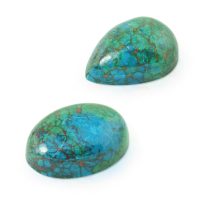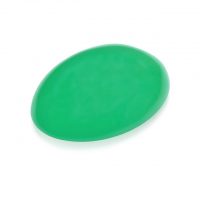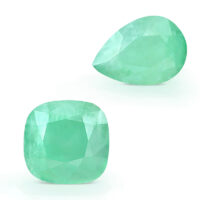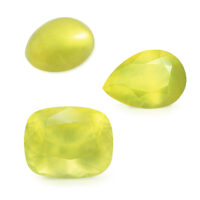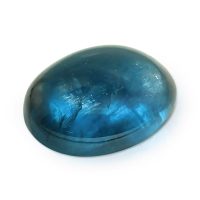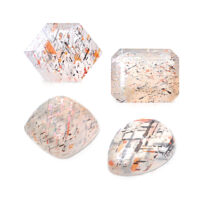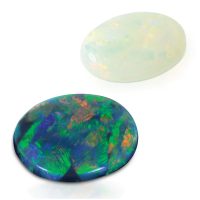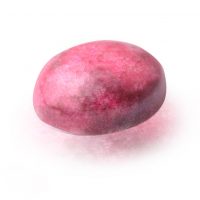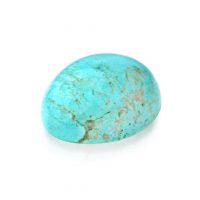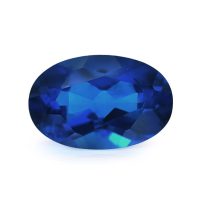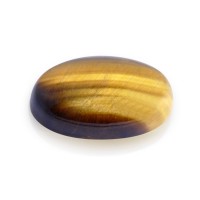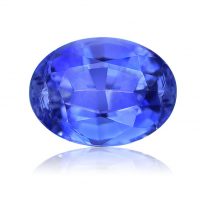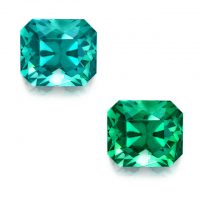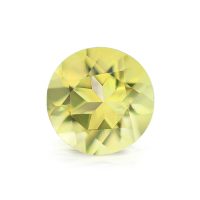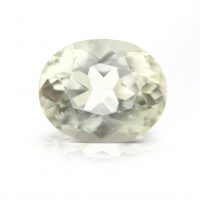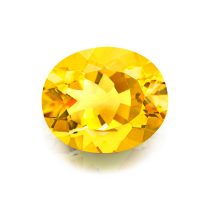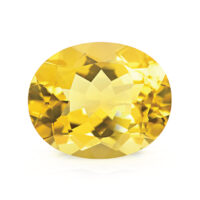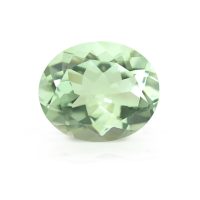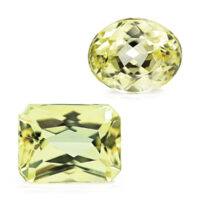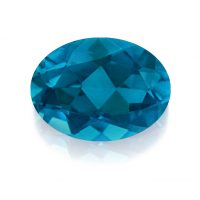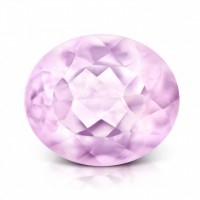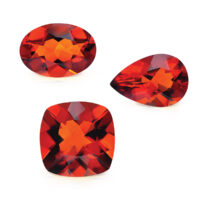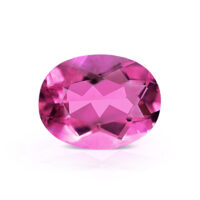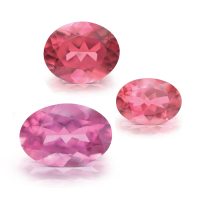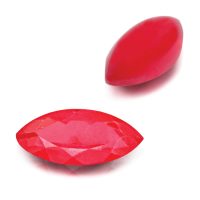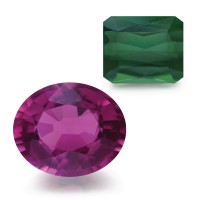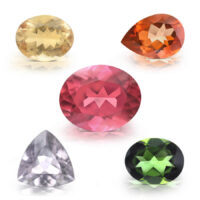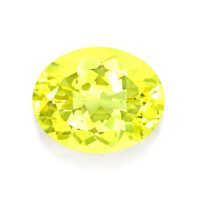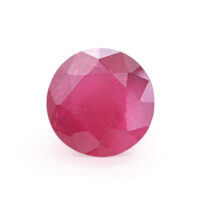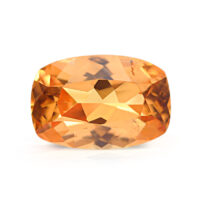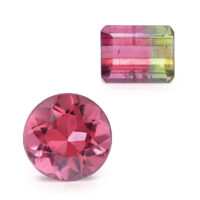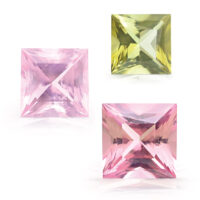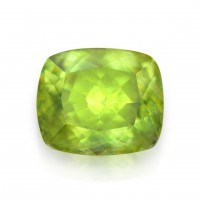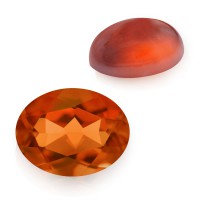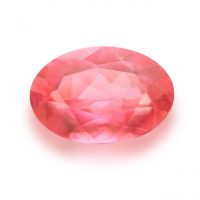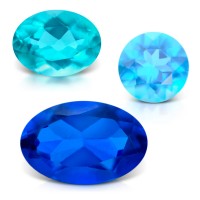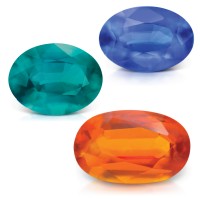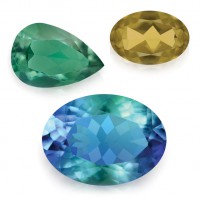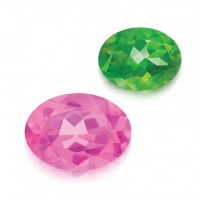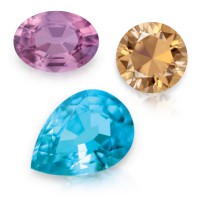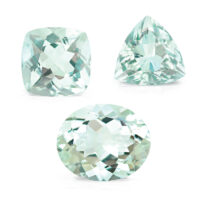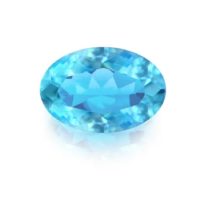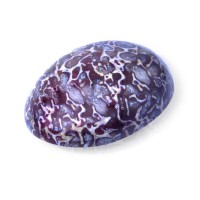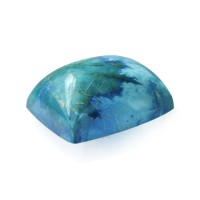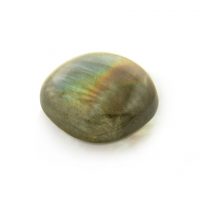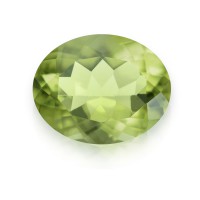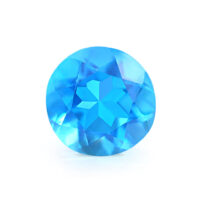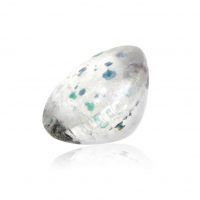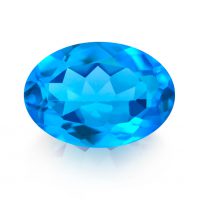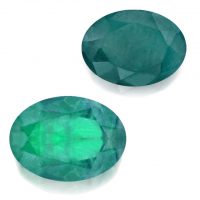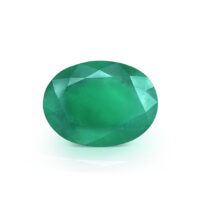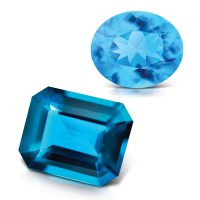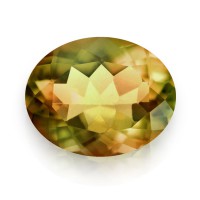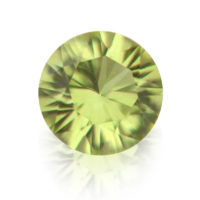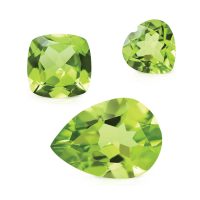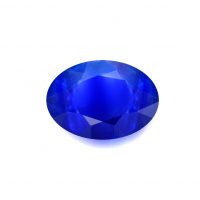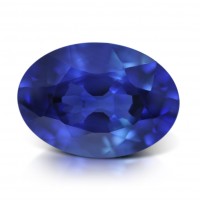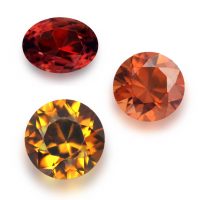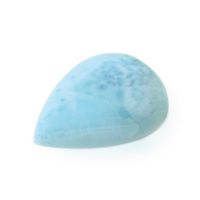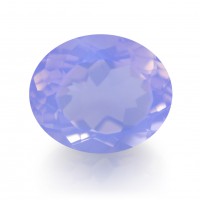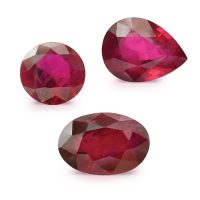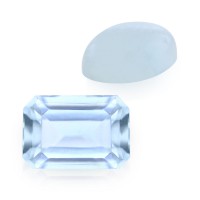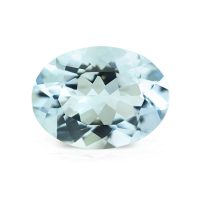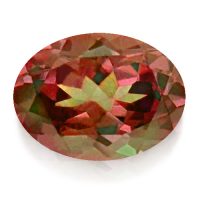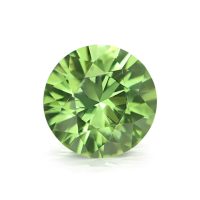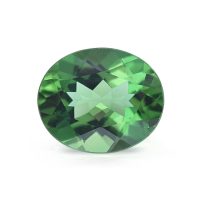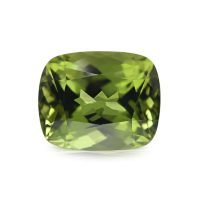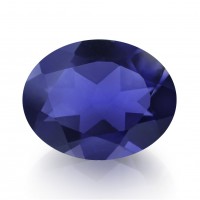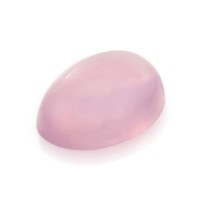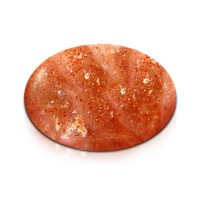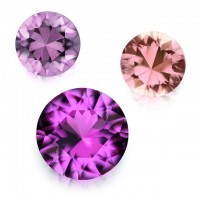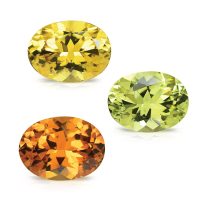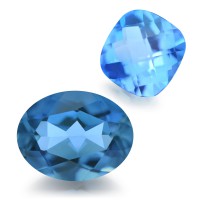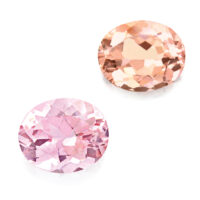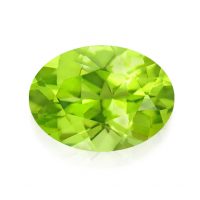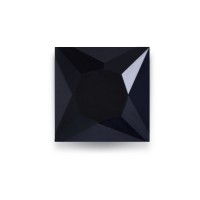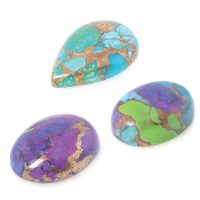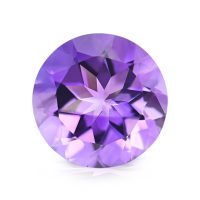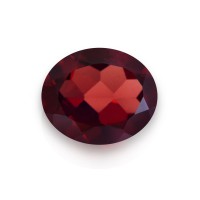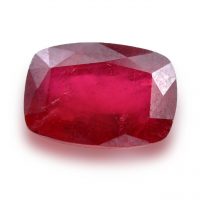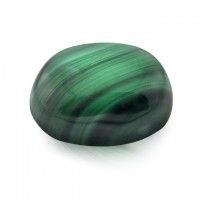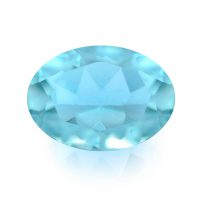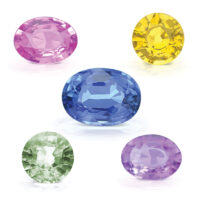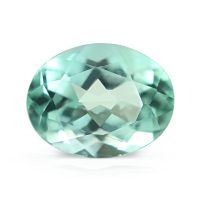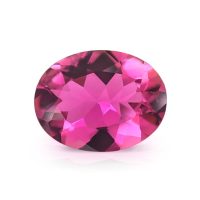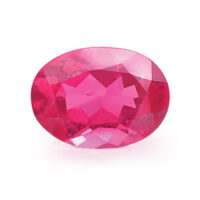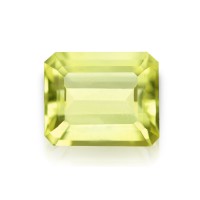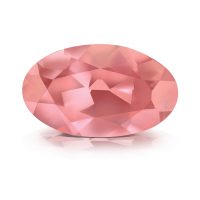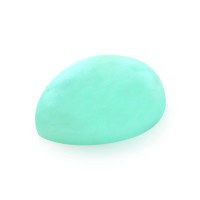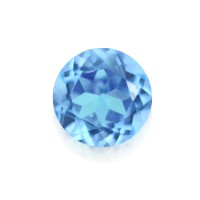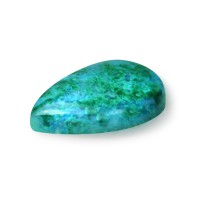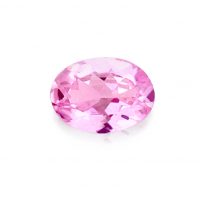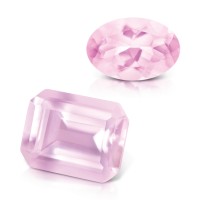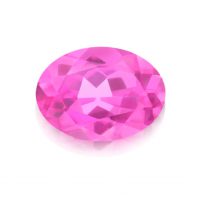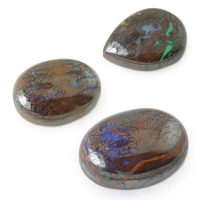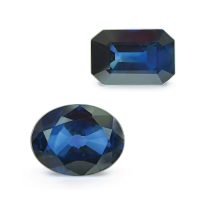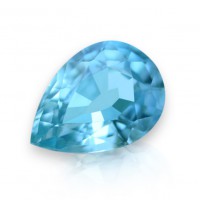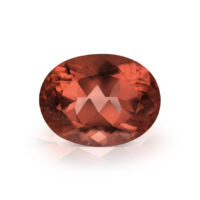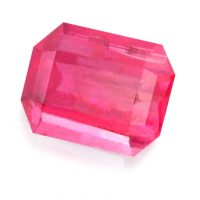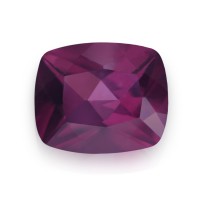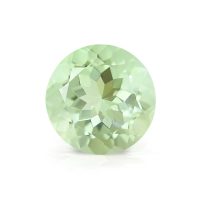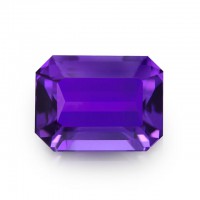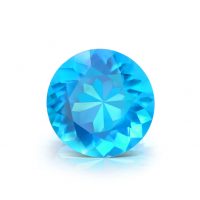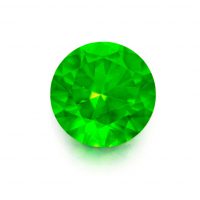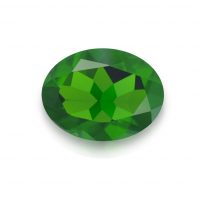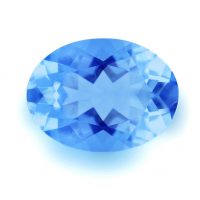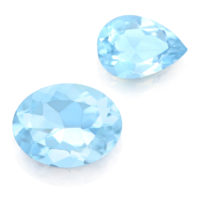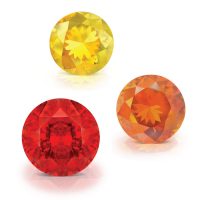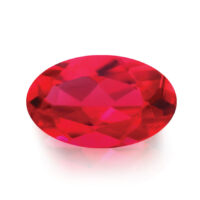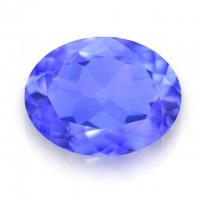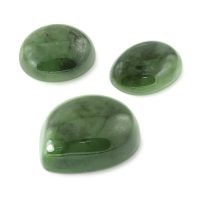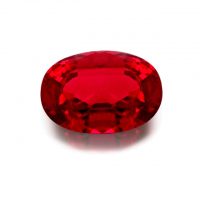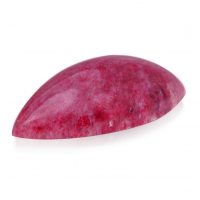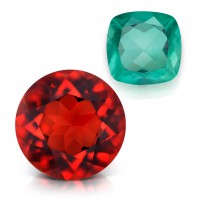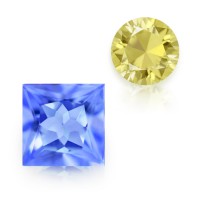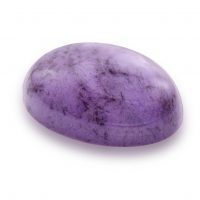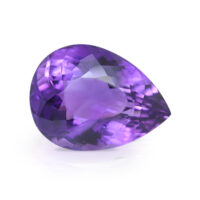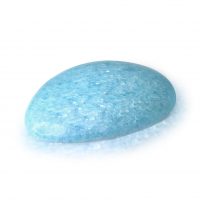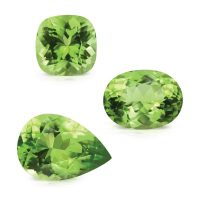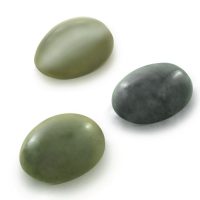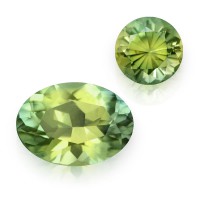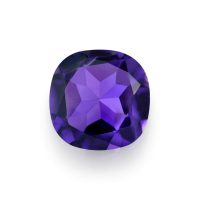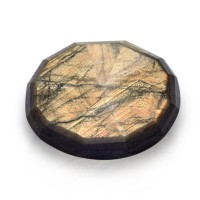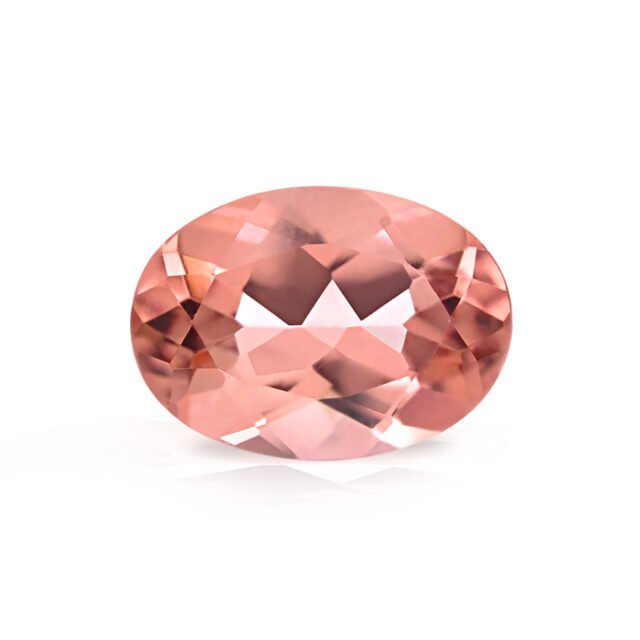

One of the world’s most colorful, coveted and wonderfully wearable gemstones, fine Tourmalines are incredibly scarce. A premier source, Brazil is forever synonymous with this gem and long prized for Tourmalines’ whose colorful brilliance displays a plethora of beautiful, desirable hues. Highly-coveted for their signature, natural pinkish-oranges, these exceptional Brazilian Salmon Tourmalines feature a classic, historic quality-pedigree, challenging to obtain. Mined over 10 years ago in the famous Brazilian state of Minas Gerais (General Mines), Brazilian Salmon Tourmaline hails from the world-renowned gem fields of Araçuaí (pronounced: ara-soo-i-ee), a municipality in the Jequitinhonha Valley, approximately two hours’ drive from the international gemstone trading town of Governador Valadares.
Hardness 7 – 7.5
Refractive Index 1.624 – 1.644
Relative Density 2.82 – 3.32
Enhancement None
Beauty
First recorded as a color in 1776, salmon hues are rare and valuable in the gemstone kingdom. Brazilian Salmon Tourmaline showcases gorgeous pinkish-orange to light pink colors, in a range of beautiful saturations and tones.
Pinkish Tourmalines with little to no inclusions are globally scarce, but even more so from the heavily worked Araçuaí gem fields. While Salmon Tourmalines’ characteristic inclusions can create a beautiful look, ours display an exceptional clarity for the variety, with only minor inclusions visible to the unaided eye.
Tourmaline can be challenging for the lapidary due to areas of internal tension inside its crystals, combined with its inherent pleochroism (colors change when viewed from different angles). Every gem has been optimally faceted by experienced cutters who carefully orientate each crystal to maximize colorful brilliance, maintaining a high-polish/luster, as well as a good shape and overall appearance (outline, profile and proportions).
While some gemstones look better in natural daylight and others in artificial (incandescent) light, a gemstones’ colors should ideally remain beautiful in any light source. Despite this, all Tourmalines are ‘day gems’, meaning they typically look their very best in natural light. The yellow glare of artificial lights will sometimes accentuate gray and brown tones, which may otherwise be invisible.
One of October’s birthstones, Tourmaline frequently garners the nickname, ‘the chameleon gem’, not only because of its multitude of colors, but also because of its historic propensity to be confused with other gemstones. Tourmaline is derived from the Sinhalese ‘turmali’, which means ‘mixed parcel’ or ‘stone with mixed colors’ and are a group of related minerals whose differences in composition result in a huge variety of colors. While there are 13 mineralogical varieties of Tourmaline, the main variety is Elbaite. Named after the island of its discovery (Elba) in Tuscany, Italy, Elbaite is the backbone of Tourmaline gemstones. A source of minerals during antiquity, Elba is best known as the island of Napoleon’s exile in 1814. Name a color and in all likelihood, you’ll find it in Tourmaline. Even pure ‘amethyst’ purples have appeared since the discovery of the Mozambique Paraíba deposit in the Mavuco area. Tourmaline’s different colors are either identified by a color prefix, such as blue-green, green and pink, or a variety name or prefix. These include Bicolor Tourmaline (two or more colors), Canary Tourmaline (intense yellow from the African nations of Malawi and Zambia), Cat’s Eye Tourmaline (chatoyant Tourmaline), Color Change Tourmaline (green to red), Cuprian Tourmaline (non-Paraíba hues, but still colored by copper and manganese), Indicolite (blue), Paraíba Tourmaline (blue to green, colored by copper and manganese), Rubellite (purplish-red), and Watermelon Tourmaline (pink interior, green exterior, just like the fruit). Another prized, but exceedingly rare variety is Chrome Tourmaline, a vivid pure green East African Dravite colored by chromium and vanadium, the same elements that make Emerald and Tsavorite. Last is Schorl (Black Tourmaline), a variety that is naturally abundant and once popular in mourning jewelry, yet now commercially scarce because it is rarely faceted. Nevertheless, interest in both Black Tourmaline and Black Spinel has increased due to the popularity of Black Diamonds.
Rarity
Tourmaline was discovered in Brazil by the Portuguese in the 16th century at the pegmatites (crystalline igneous rocks) of Minas Gerais. Tourmalines’ other main sources include Afghanistan, Madagascar, Mozambique, and Nigeria, noting Tourmaline from any locale has significantly increased in price since 2014.
African Tourmalines usually have an inferior clarity and smaller sizes when compared to these historic Brazilian Salmon Tourmalines, whose quality is no longer readily or significantly available.
With over 90 percent of gemstones enhanced, Tourmaline is sometimes heated and/or irradiated to improve their color. Importantly, our Brazilian Salmon Tourmalines are totally natural and unenhanced, further accentuating both their rarity and desirability.
Durability & Care
Brazilian Salmon Tourmaline is a durable jewelry gemstone (Mohs’ Hardness: 7 – 7.5) well-suited to everyday wear. Always store Brazilian Salmon Tourmaline carefully to avoid scuffs and scratches. Clean with gentle soap and lukewarm water, scrubbing behind the gem with a very soft toothbrush as necessary. After cleaning, pat dry with a soft towel or chamois cloth.
Map Location
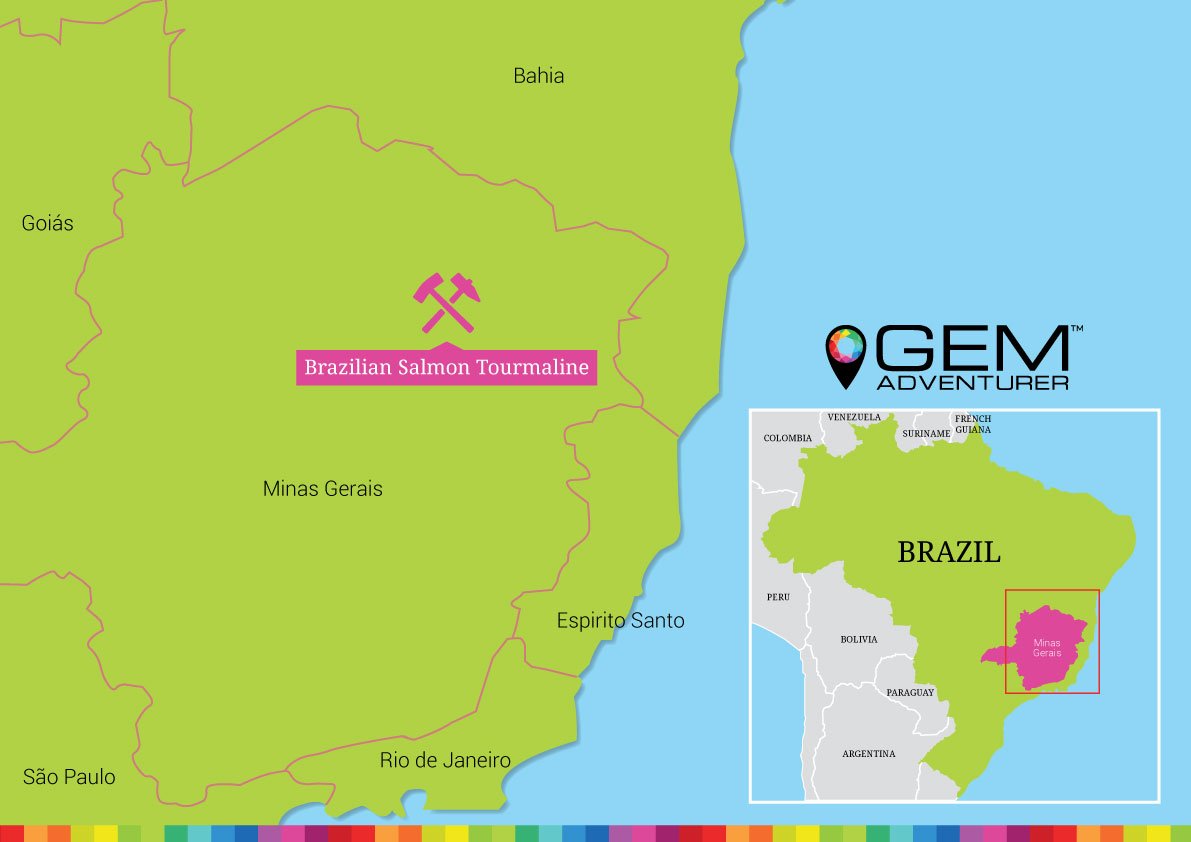
Click map to enlarge
